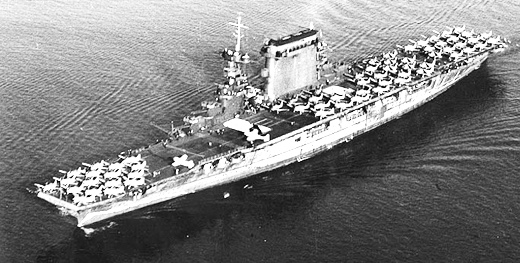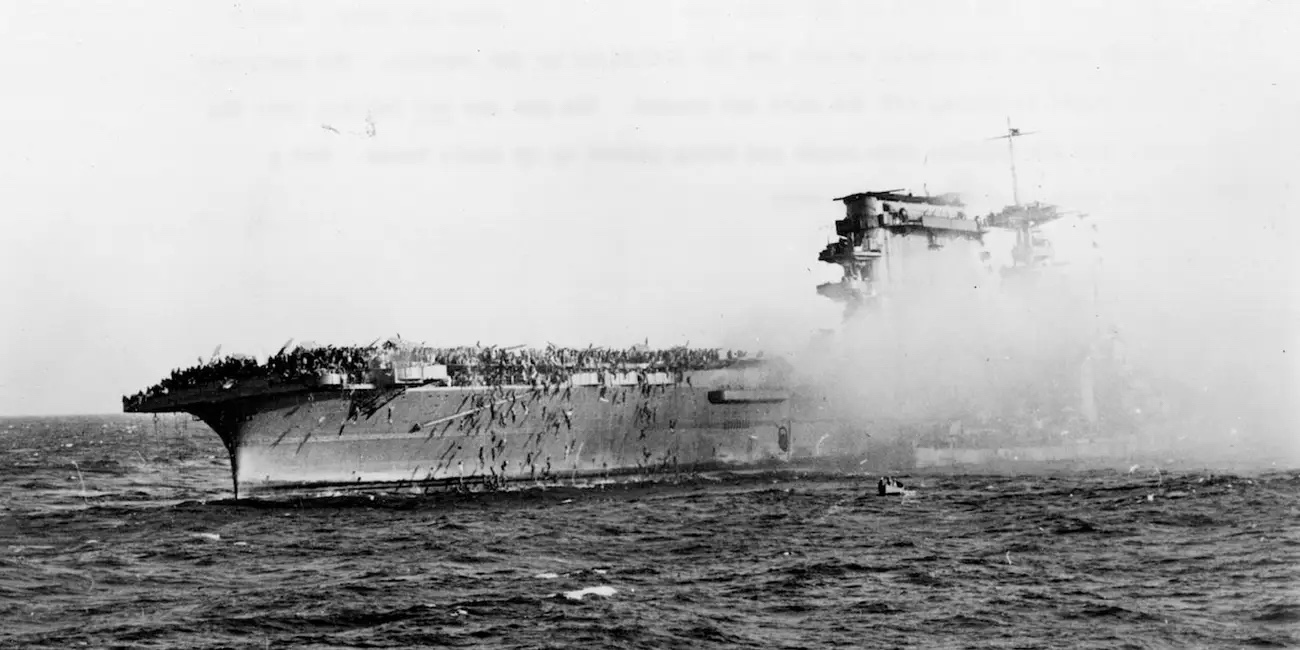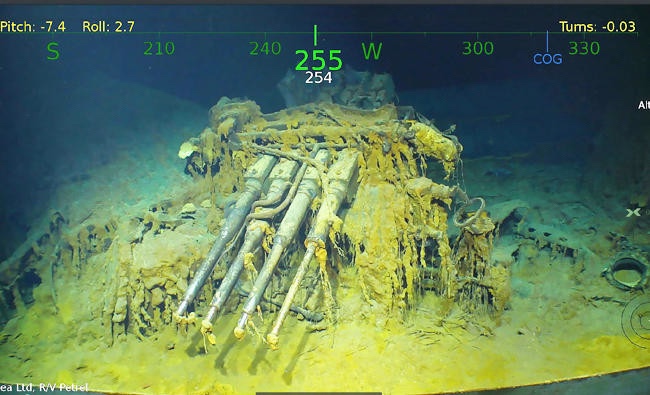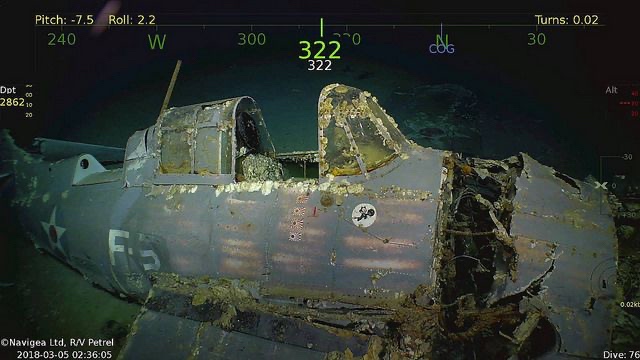The Battle of the Coral Sea is known for being the first Naval battle where the two opposing forces never met. It was the birth of the aircraft carrier. No surface ships sank another ship in this battle. It was also one of the Allies’ first victories in the war in the Pacific. It did come at a hefty price for the Allies, at a loss of 1 aircraft carrier, the USS Lexington CV-2, 1 Destroyer USS Sims DD-409, 1 oiler USS Neosho AO-23, 69 aircraft and 656 people killed; the USS Yorktown was also significantly damaged. The Lexington was so severely damaged that the U.S. sank it with torpedoes the day after the battle. The Japanese lost 1 Light strike carrier (Jeep Carrier), 1 destroyer, 3 small warships, 97 aircraft, and 966 people killed.

The Allies learned of the intended plan of the Japanese to seize Port Moresby in New Guinea. The Japanese wanted to take control of the Coral Sea and use it as a staging base to invade Australia. When the Japanese landed at Tulagi on May 3, carrier-based U.S. planes from a Task Force 17 struck the landing group, sinking one destroyer and some minesweepers and landing barges. Most of the naval units covering the main Japanese invasion force that left Rabaul, New Britain, for Port Moresby on May 4 took a route to the east, where they clashed with TF17.

On May 5 and 6, 1942, opposing carrier groups sought each other and, on the morning of May 7, Japanese carrier-based planes sank a U.S. destroyer and an oiler. Allied planes sank the light carrier Shoho and a cruiser. The next day Japanese aircraft crippled the U.S. carrier Lexington and damaged the carrier Yorktown. U.S. planes crippled the sizeable Japanese carrier Shokaku so bad that it had to retreat away from the battle. So many Japanese planes were lost that the Port Moresby invasion force, without adequate air cover and harassed by Allied land-based bombers, turned back to Rabaul.

The four-day engagement was a strategic victory for the Allies. The battle, which U.S. Adm. Ernest J. King described as “the first major engagement in naval history in which surface ships did not exchange a single shot,” foreshadowed the kind of carrier warfare that marked later fighting in the Pacific War.
My Stepfather was on the Lexington during this battle. He was a Water Tender (today’s Machinist’s Mates) in a boiler room when a Japanese torpedo slammed into it. After they abandoned the Lady Lex, he spent the next month and a half making his way back to San Diego before he could get any new clothes and a new sea bag. Like every good sailor, he went out and got drunk, lost his seabag and was arrested by shore patrol. He ended up in the brig and had to rent a seabag so he could get out because without a full seabag he would have had to stay in jail. He was one of the most significant people in my life and one of the biggest reasons I joined the Navy. He joined in 1939 and had great pride in being in the Navy. He had left Pearl Harbor on December 6, 1941, so they could bring planes to Midway. He was supposed to get out in early 1942, but stayed in for the duration of the war.

A little over two years ago, the USS Lexington was found at the bottom of the Coral Sea, and she was seen for the first time since she was lost so long ago. God bless all the sailors and airmen who are still interned in her and never had a chance to be someone’s Stepfather or live their lives.

news.usni.org/2018/03/05/video-billionaire-paul-allen-finds-lost-world-war-ii-carrier-uss-lexington


I love Montemayor’s videos on youtube. Only wish he made more.